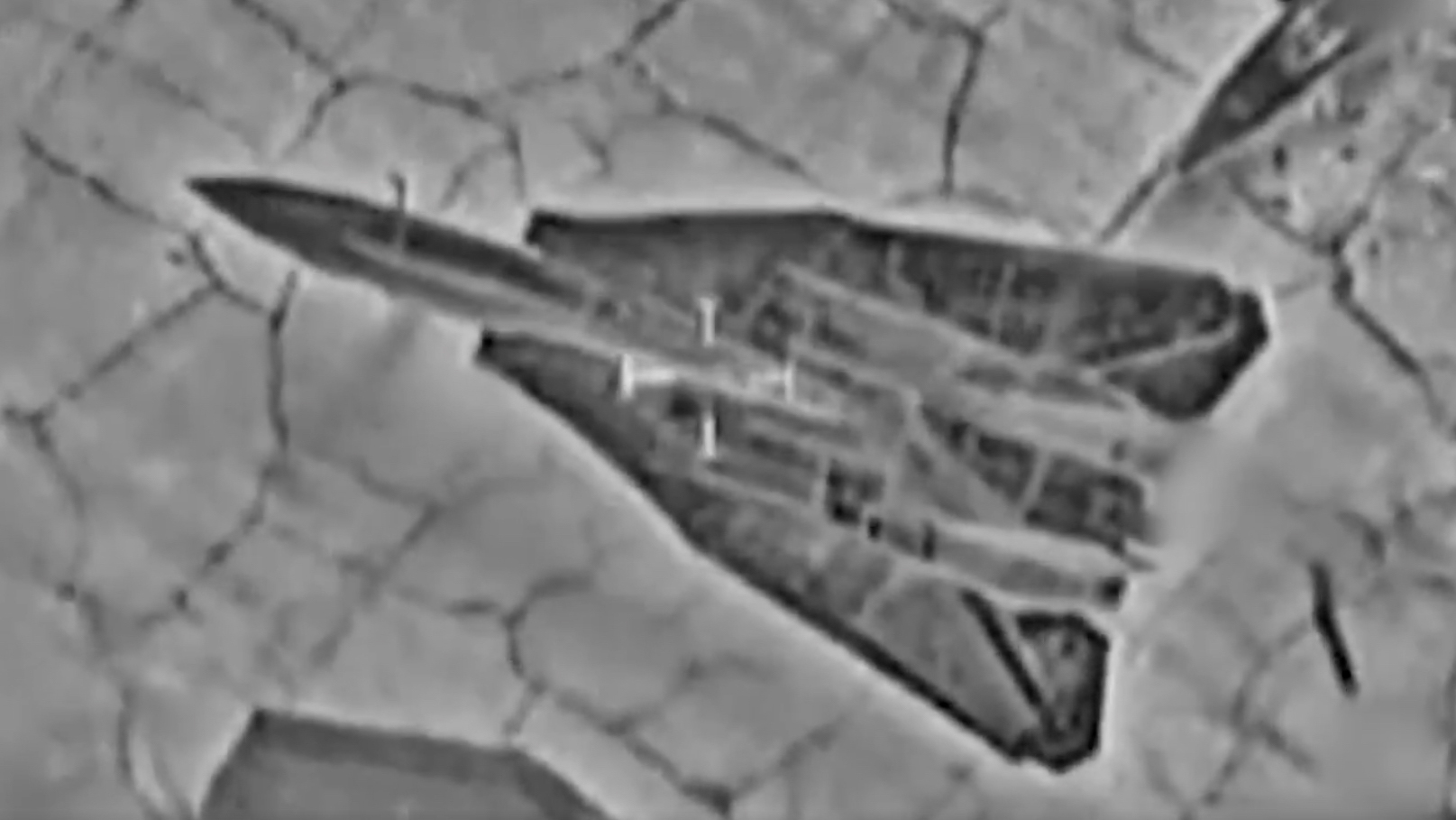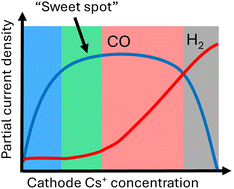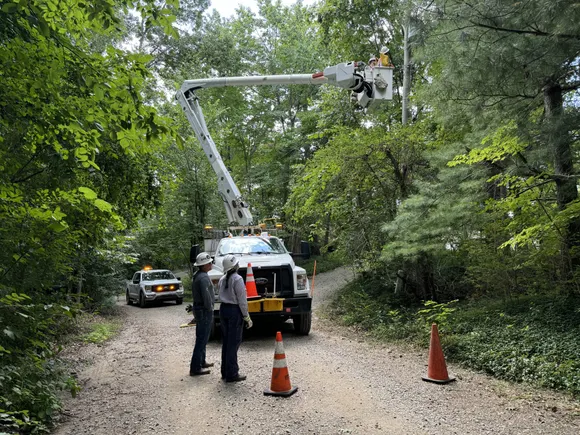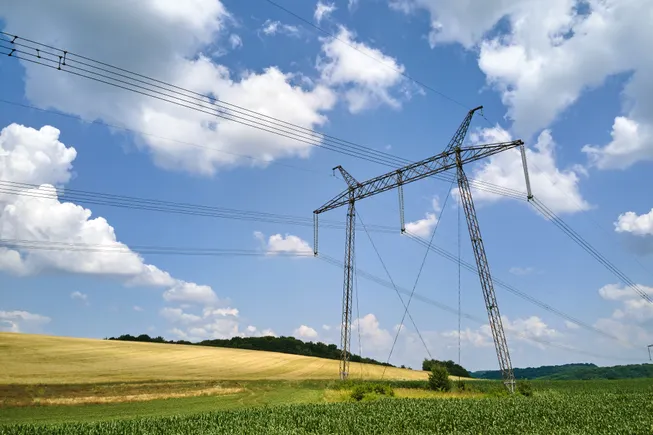Coaxial 3D Printing of Blood Vessels for Monitoring Monocyte‐Endothelium Interactions and Drug Discovery
Advanced Healthcare Materials, EarlyView.

This study introduces a new method for investigating monocyte-endothelium interactions using coaxially 3D printed engineered blood vessels (EBVs). The endothelialized EBVs display dense structure resembling that of human vascular endothelium and demonstrate potent inflammatory response to TNFα. Thus, the endothelialized EBVs can serve as a powerful tool for studying monocyte-endothelium interactions and discovering drug candidates against monocyte adhesion.
Abstract
Monocyte adhesion to the vascular endothelium is recognized as an early feature of atherosclerosis, involving various cytokines and pathological events. Current assays for evaluating monocyte-endothelium interactions typically rely on 2D co-culture models, which is hard to accurately represent the spatiotemporal characteristics of real pathological events. This study introduces a novel approach for monitoring monocyte-endothelium interactions using 3D printed engineered blood vessels (EBVs), facilitating drug discovery targeting monocyte adhesion. The coaxially printed EBVs exhibit hollow tubular structures with inner and outer diameters of ≈1.2 and 3.1 mm, respectively. The endothelialized EBVs display dense structures and barrier function similar to vascular endothelium, and show an appropriate response to TNFα stimulation. In vitro model of monocyte-endothelium adhesion is subsequently established. As a proof of concept for the application of established model in drug discovery, Chuanxiong volatile oil, ligustilide, and eupalinilide B are found to inhibit human monocytic leukemia (THP-1) cells adhesion to endothelialized EBVs. Furthermore, the monocyte adhesion inhibitory activities of drugs tested on endothelialized EBVs are consistent with the drugs' activities observed in zebrafish model. Overall, endothelialized EBVs can be utilized as a reliable tool for studying monocyte-endothelium interactions and for discovering drugs that inhibit monocyte adhesion.












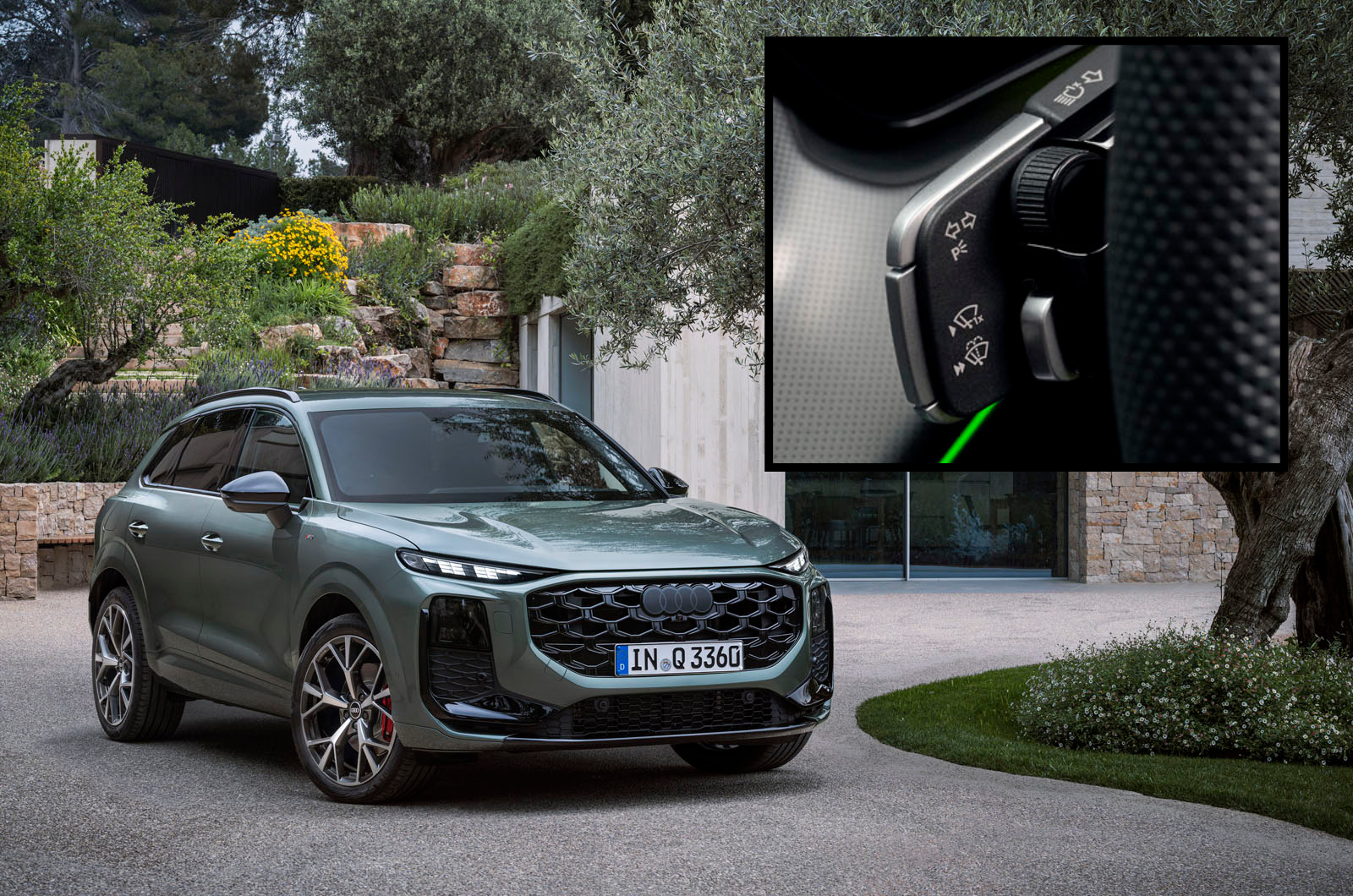






























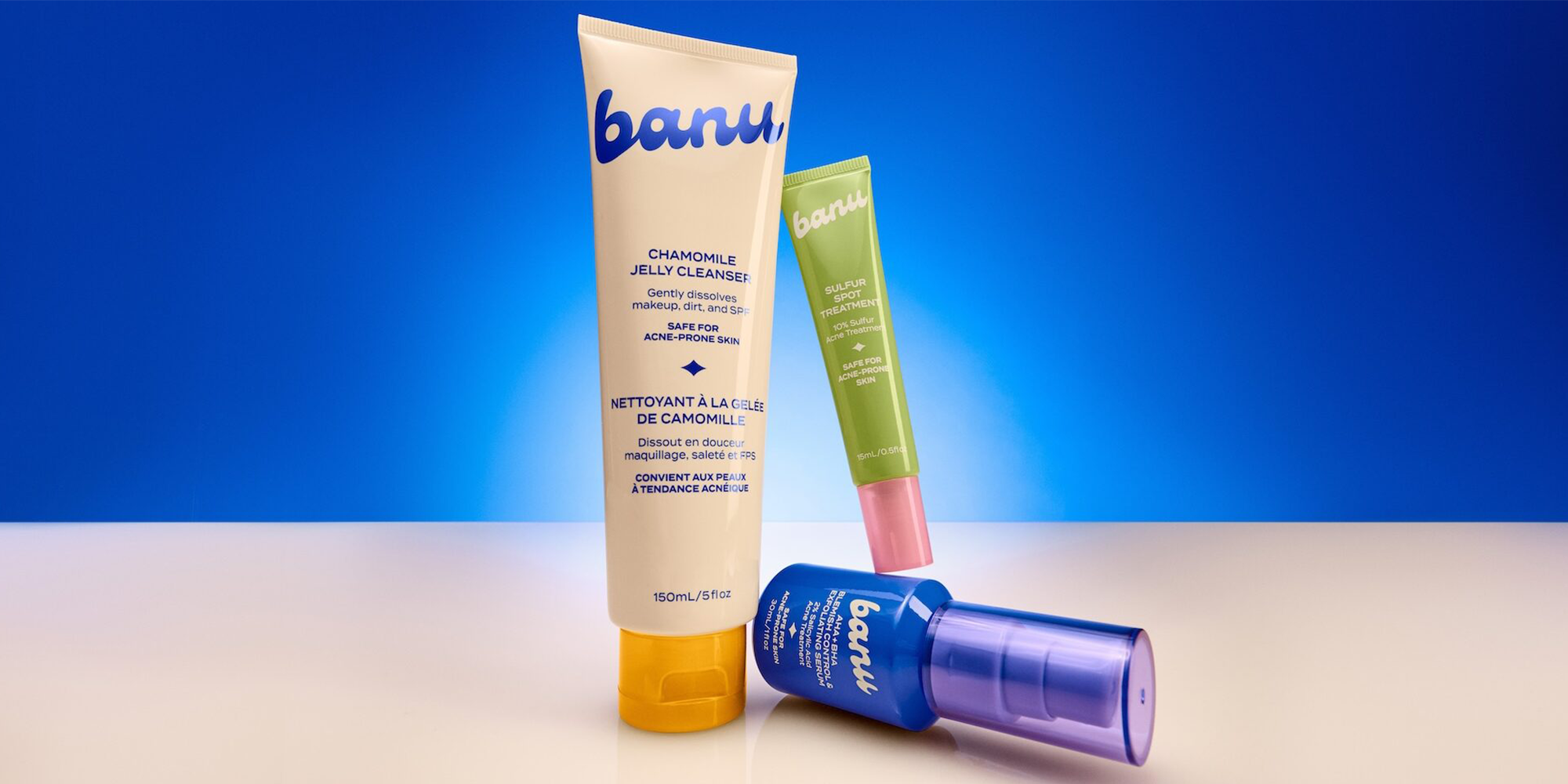













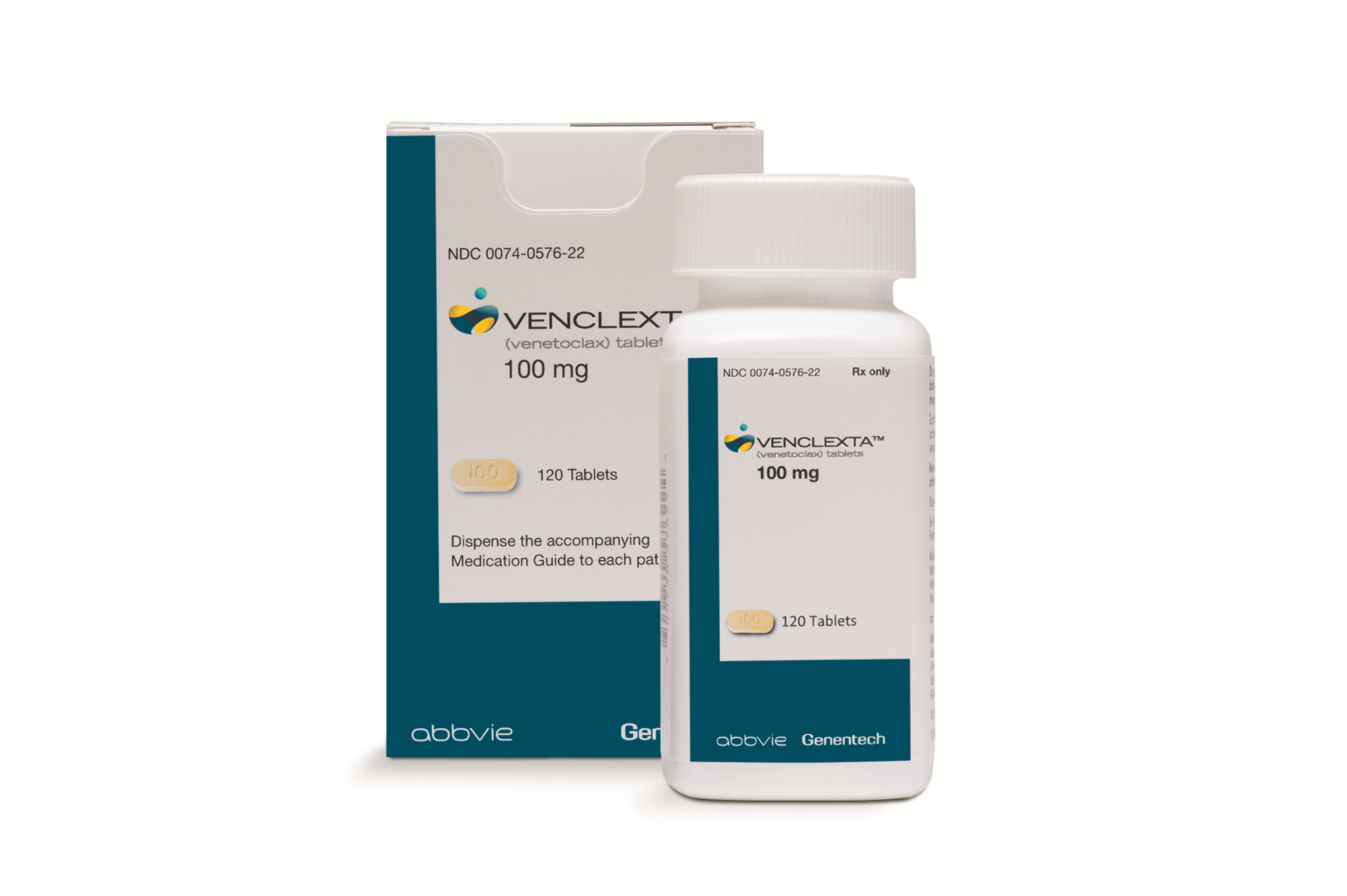
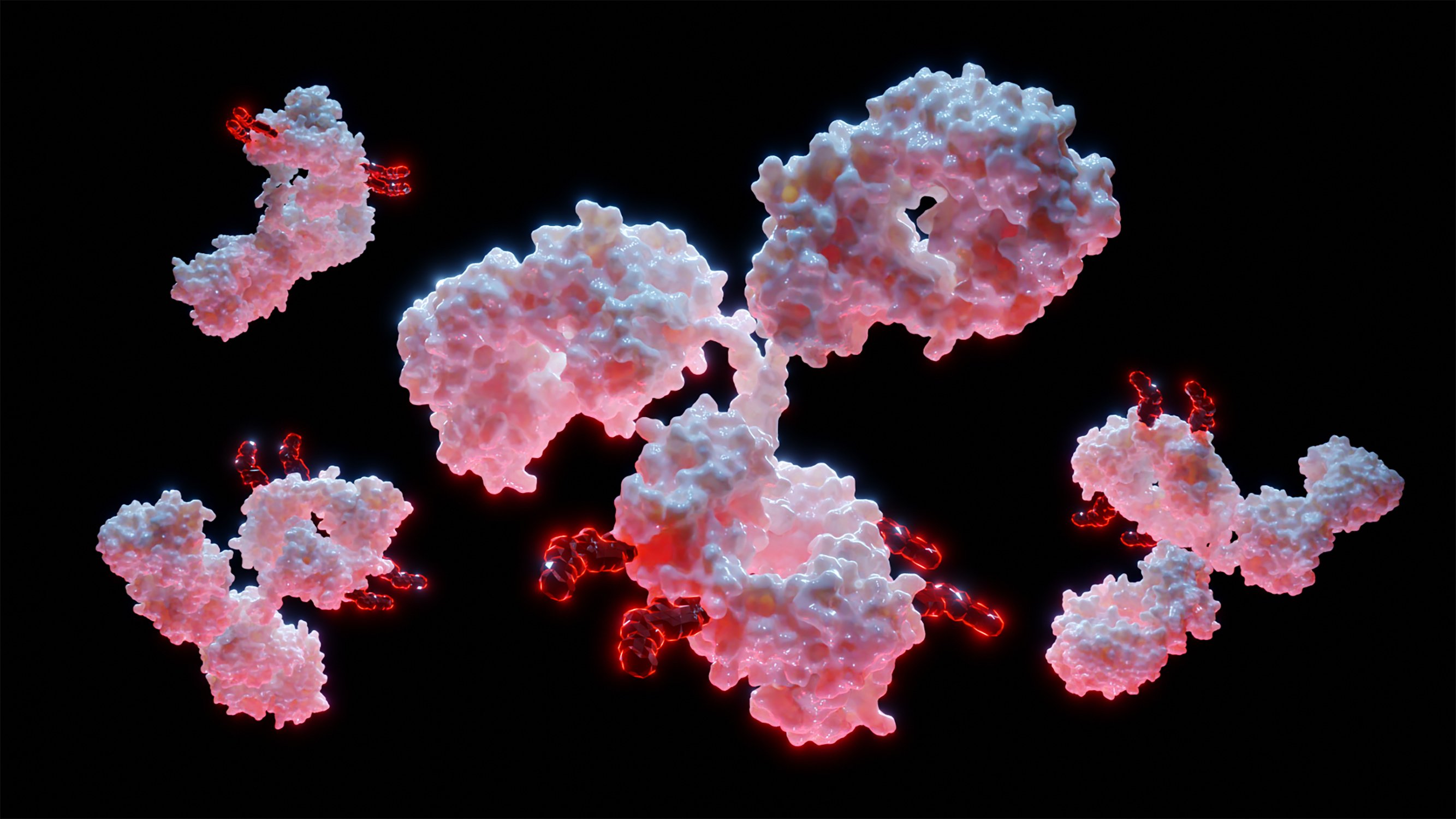
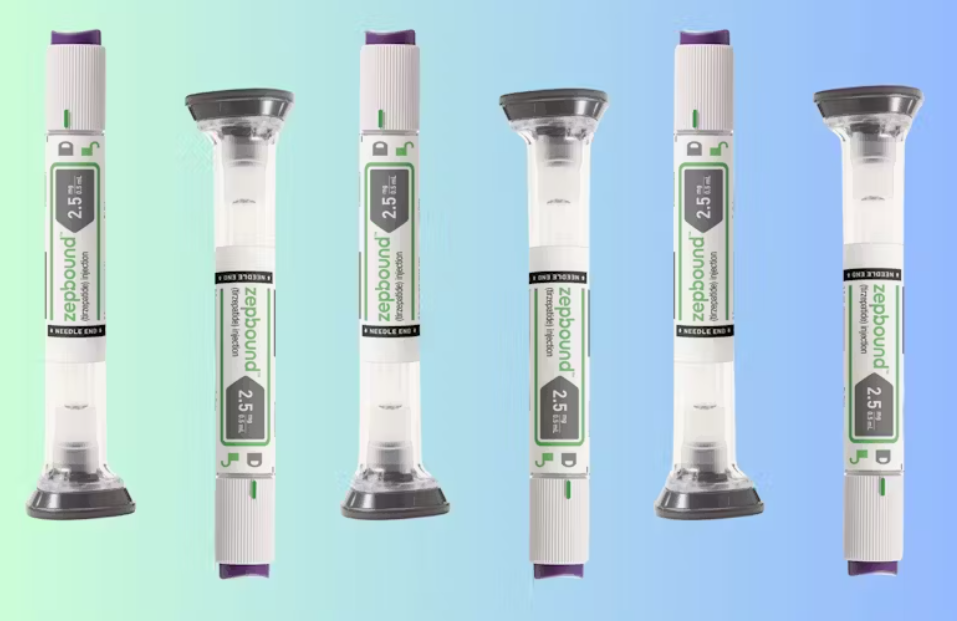

























![Israel drama and good news for the F-35: Paris Air Show Day 1 [Video]](https://breakingdefense.com/wp-content/uploads/sites/3/2025/06/IMG_1805-scaled-e1750092662883.jpg?#)
![[Updated] Sudden Deployment of Dozens of U.S. Air Force Tankers Raises Questions](https://theaviationist.com/wp-content/uploads/2025/03/Stratotanker100Years_2-e1750080240327.jpg)
















